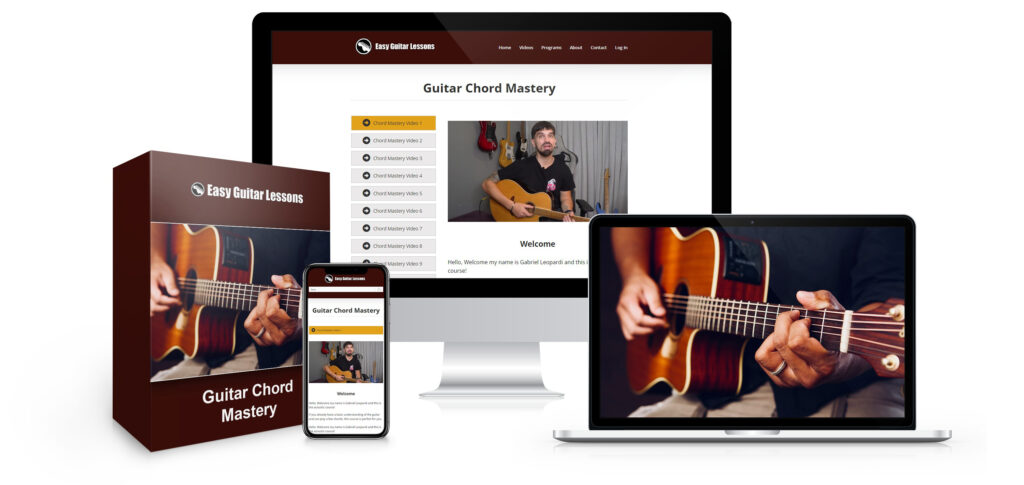An Introduction To Open Minor Chords

In this section, we will continue our exploration of open minor chords.
Minor chords add a touch of emotion and depth to your playing, and mastering them will expand your musical repertoire even further.
1. Introduction to the A Minor Chord (Am)

The A Minor chord, often written as Am, is one of the most commonly used minor chords.
It has a somber and introspective sound that complements various musical styles.
Here’s how to form the A Minor chord:
- Place your index finger on the 1st fret of the 2nd string (B).
- Strum from the 5th string (A) downwards, avoiding the 6th string (E).
Pro Tip:
Keep your finger slightly arched to prevent it from touching the 1st string (high E) accidentally.
This ensures that only the necessary strings are heard in the A Minor chord.
2. Mastering the E Minor Chord (Em)
The E Minor chord, also written as Em, is another fundamental minor chord.
It’s easy to play and frequently used in songs across different genres. Let’s learn how to form the E Minor chord:
- Place your middle finger on the 2nd fret of the 5th string (A).
- Strum all strings from the 6th string (E) downwards.
Pro Tip:
Aim to apply just enough pressure with your finger to produce a clean sound.
Avoid pressing too hard, as it may cause adjacent strings to be muted or buzz.
3. Understanding the D Minor Chord (Dm)

The D Minor chord, written as Dm, introduces a new finger placement compared to the D Major chord.
It’s a versatile minor chord that works well in various musical contexts. Let’s explore the steps to form the D Minor chord:
- Place your index finger on the 1st fret of the 1st string (high E).
- Place your middle finger on the 2nd fret of the 3rd string (G).
- Strum from the 4th string (D) downwards, avoiding the 6th and 5th strings (E and A).
Take your time to practice each chord, and pay attention to your finger placements to ensure clear and distinct sounds.
These minor chords will add depth and emotion to your guitar playing and open up new possibilities in the songs you can play.
In the next part, we’ll explore open minor chords Cm and Gm, which will further expand your minor chord repertoire.

